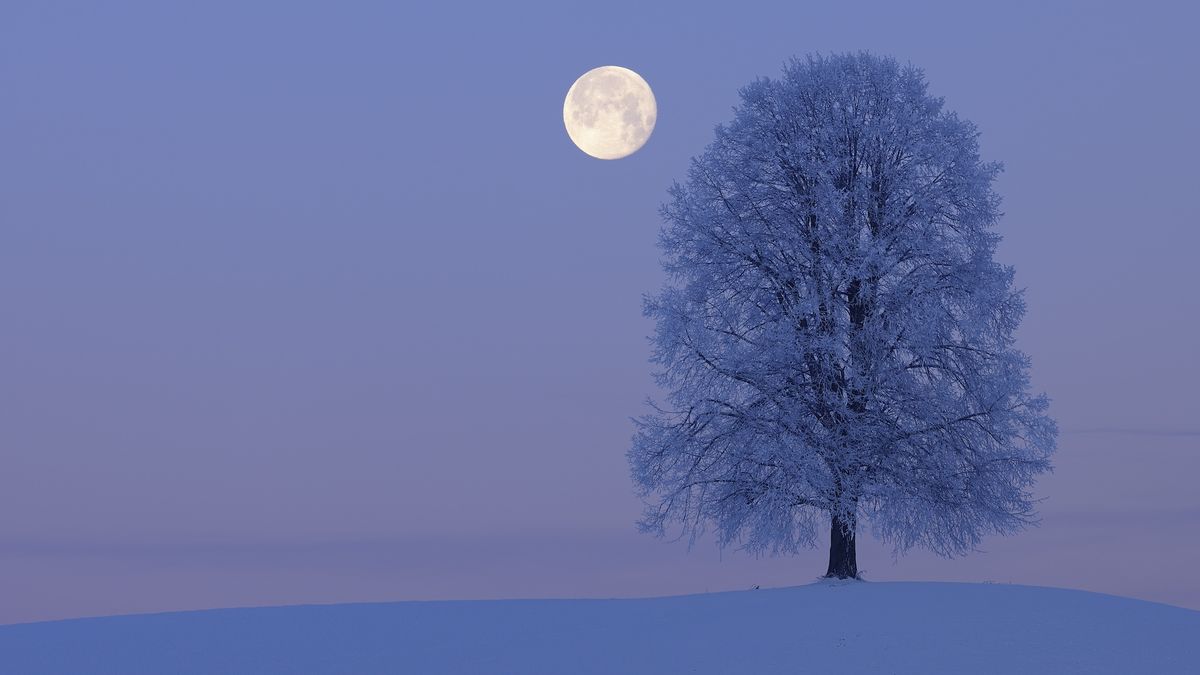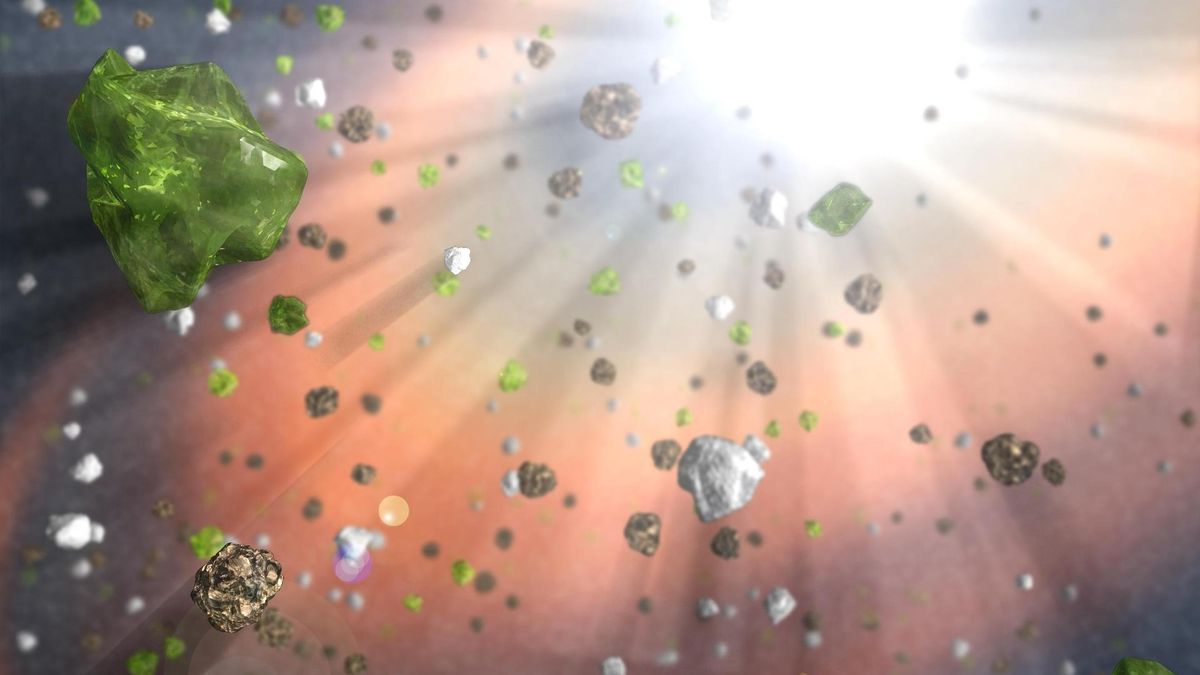Suctioned to a leaf bottom in the rainforests of South and Central America, glass frogs seem to vanish in plain sight—the transparent skin of their undersides erasing the hard edges of their silhouette, making them difficult for birds and other predators to spot. The most transparent of the roughly 160 glass frog species, found from southern Mexico to the northern tip of Argentina, offer living anatomy lessons, revealing intestines, red beating hearts and sometimes clusters of eggs. Many have green bones to camouflage their legs. The northern glass frog, which ranges from southern Mexico to Ecuador, even conceals its blood to render its body more translucent, hiding nearly 90 percent of its red blood cells inside its opaque liver during its daytime slumber.
But these furtive amphibians can’t always rely on stealth alone. After the females of some species of glass frogs lay their sticky eggs on the undersides of leaves that dangle above flowing water, the males guard the fertilized eggs from hungry insects, fending off wasps with sharp kicks until the eggs hatch and wriggling tadpoles drop down into a forest stream.
Those streams, and the intact forests that house them, are essential for the health of all glass frog populations. The northern Andes Mountains are a key glass frog stronghold and home to more than half of all species in the group. This region encompasses hyper-biodiverse cloud forests, montane rainforests that Jaime Culebras, a wildlife photographer and researcher who has helped discover new species of glass frogs, describes as “mystical places” where clouds float through the treetops and orchids and bromeliad flowers erupt from every crevice.
However, that magical, misty home is being destroyed. In Ecuador and elsewhere in the region, copper- and gold-mining operations are deforesting habitats and polluting streams that the glass frog tadpoles need with sediment and toxins such as mercury and arsenic. To try to protect the frogs and other threatened species, Ecuadorean conservationists are turning to a novel legal strategy, citing a 2008 change to Ecuador’s constitution that endowed nature itself, from rivers to rare animal species, with the rights to exist, persist and regenerate.
In recent years, communities invoking these “rights of nature” have won legal decisions that blocked mining activities in Ecuador’s Los Cedros Reserve and Intag Valley. Documenting rare and sensitive species proved crucial in winning these cases and protecting the animals and the fragile ecosystems they inhabit.
Those examples give researchers “extra motivation to go into the field and describe new species,” says Juan Manuel Guayasamín, a glass frog expert at the San Francisco University of Quito in Ecuador. “It can be used to protect the whole ecosystem. I call the cloud forest the land of fairies, and glass frogs are part of that magic we have to preserve.”
/https://tf-cmsv2-smithsonianmag-media.s3.amazonaws.com/accounts/headshot/alex.png)









Leave a Comment